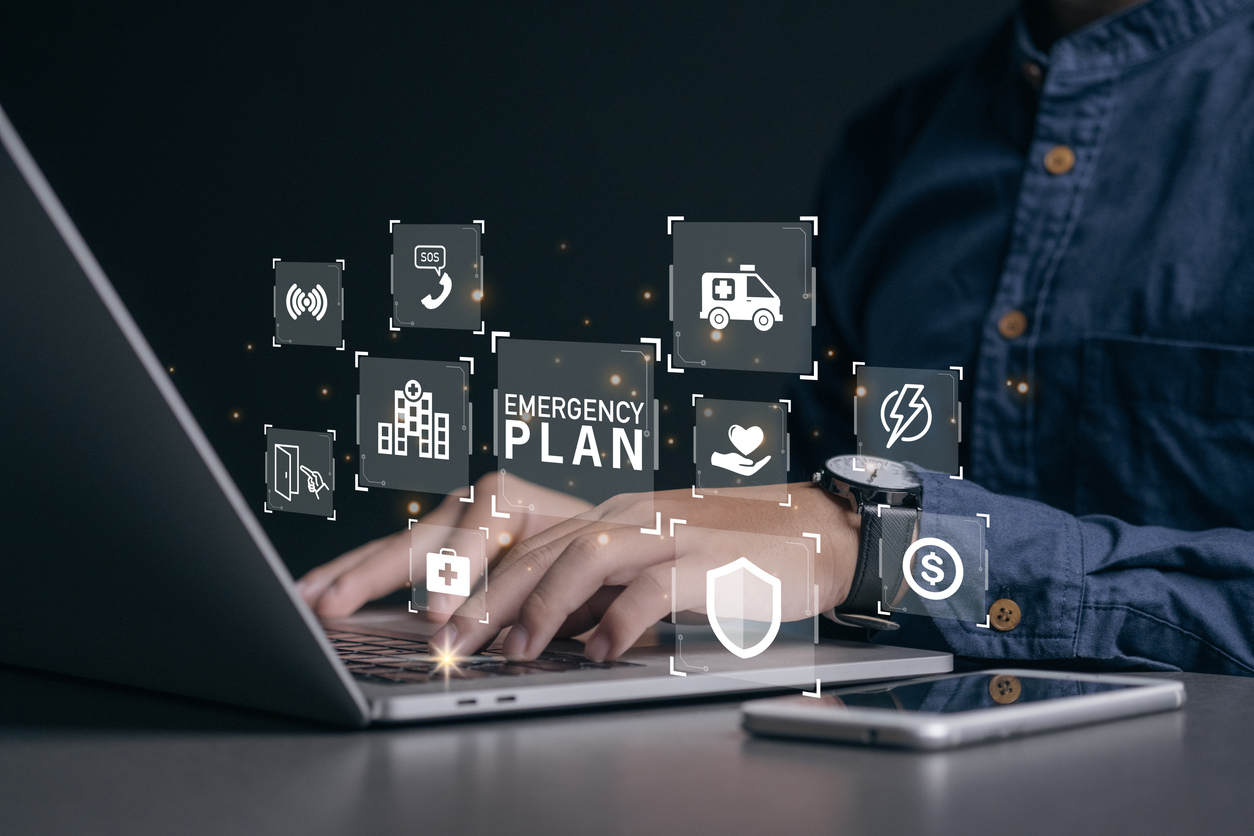
Disasters, whether natural or man-made, can strike without warning, leaving communities, organizations, and governments scrambling to react. But what if we could predict, monitor, and manage disasters more efficiently? Enter the Internet of Things (IoT)—a network of interconnected devices that share data in real-time. IoT has revolutionized industries, but its application in disaster management and preparation is particularly noteworthy.
This listicle explores practical ways IoT is helping us prepare for and respond to disasters, and how its implementation can save lives, resources, and time.
Early Warning Systems for Natural Disasters
IoT devices like sensors and monitoring systems are critical in detecting early signs of natural disasters such as earthquakes, floods, and hurricanes. For example, seismic sensors embedded in the ground communicate real-time data to central systems, offering early warnings of potential earthquakes. Similarly, smart weather stations use IoT technology to monitor rainfall, wind speeds, and temperature changes, which can alert agencies to impending floods or storms.
By providing advanced notice, IoT-powered systems enable affected communities to evacuate and take precautionary measures, reducing the loss of life and property.
Flood Monitoring with Smart Sensors
Flooding is one of the most common and destructive natural disasters worldwide. IoT-based flood monitoring systems use networks of smart water-level sensors installed along rivers, reservoirs, and storm drains. These sensors continuously gather and transmit data on water levels, allowing authorities to respond quickly when thresholds are surpassed.
For example, the U.S. Geological Survey utilizes IoT in its one-stop flood information platform, which helps agencies monitor and predict flood risks in real-time. Such efforts empower better planning and risk mitigation.
Drones for Disaster Relief and Damage Assessment
IoT-enabled drones packed with cameras and sensors are proving to be indispensable in disaster situations. Post-disaster, drones can be used to fly into areas that are unsafe or inaccessible for humans, capturing images and live data about damage or trapped individuals.
For instance, thermal-imaging drones were extensively deployed during the Australian bushfires to locate stranded animals and assess the scale of destruction. By leveraging drones, relief agencies can map out strategies faster and allocate resources more efficiently.
Smart Cities with Resilient Infrastructure
IoT plays a huge role in designing smart cities with resilient infrastructure. From smart traffic systems that optimize evacuation routes to intelligent power grids that prevent energy outages during emergencies, IoT integration bolsters city-wide safety.
One example is the city of Sendai, Japan, which uses IoT technologies to monitor its tsunami warning systems and ensure that its communication networks remain functional even in the wake of natural disasters.
Real-Time Health Monitoring During Crises
Pandemics, heatwaves, and other environmental hazards call for quick medical responses. Wearable IoT devices like smart health trackers can monitor vital signs such as heart rate, oxygen levels, and body temperature during these crises.
Public health organizations, for example, utilized IoT-connected thermometers to track real-time fever data across communities during the COVID-19 pandemic, aiding in early detection of outbreaks. This data-driven strategy is enhancing healthcare during emergencies.
Asset and Inventory Management in Relief Operations

Efficiency in managing relief supplies can make or break disaster response efforts. IoT streamlines this process through smart tracking systems for inventory and assets. RFID (radio-frequency identification) tags and IoT sensors on medical supplies, food, and other resources help monitor their status and location at every stage of delivery.
Organizations such as the Red Cross use IoT-enabled logistics systems to ensure that critical supplies reach the right locations on time. The transparency provided by these technologies makes disaster relief efforts far more effective.
Connected Communication Networks
Effective communication during emergencies is vital. IoT-based communication systems, such as ad-hoc IoT networks, provide a reliable alternative when traditional communication infrastructure is down. These systems can link emergency responders, vehicles, and other mobile devices, making seamless coordination possible even in remote areas.
For example, after a hurricane strikes, critical messages or evacuation plans can be relayed between IoT-connected devices, drastically improving response times.
Energy Management for Emergency Power
Power outages are common in disaster scenarios, and restoring electricity rapidly is crucial. IoT-enabled smart grids and microgrids are helping communities create more resilient energy networks that can operate independently during outages.
These systems can prioritize power for critical facilities like hospitals and relief shelters. Battery storage units and IoT sensors ensure energy is distributed efficiently, enabling faster recovery of essential services.
Predictive Analytics for Disaster Resilience
IoT doesn’t just help during and after disasters; it’s also an invaluable tool for long-term disaster resilience. Predictive analytics powered by IoT sensors can analyze patterns in data over time, identifying vulnerabilities and areas at risk before issues even arise.
For instance, IoT flood sensors in vulnerable zones may indicate a rising risk level based on cumulative rainfall patterns. By acting on these insights proactively, communities can take preventative steps, such as building levees or improving drainage systems.
Building a Safer Future With IoT
IoT has taken disaster management to new heights by empowering us with more data, faster communication, and smarter tools. From predicting floods to guiding recovery efforts, IoT applications are building resilience against the increasing frequency and intensity of disasters brought on by climate change.
Organizations, businesses, and governments worldwide must continue investing in IoT-powered safety measures, ensuring they’re prepared for the challenges of tomorrow.
Interested in implementing IoT solutions for disaster preparedness? Explore the latest advancements and be part of a future that prioritizes safety, innovation, and resilience.
